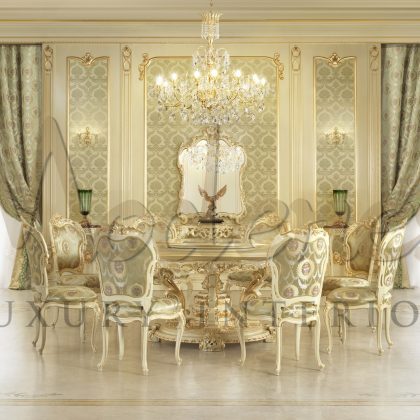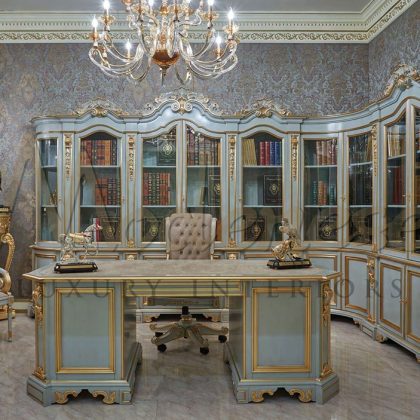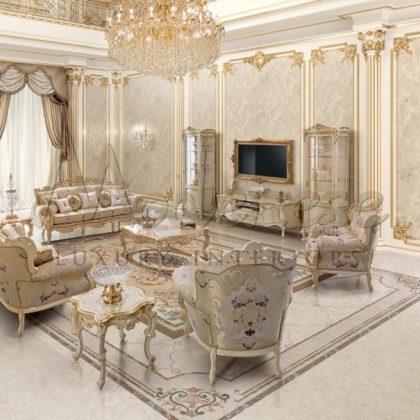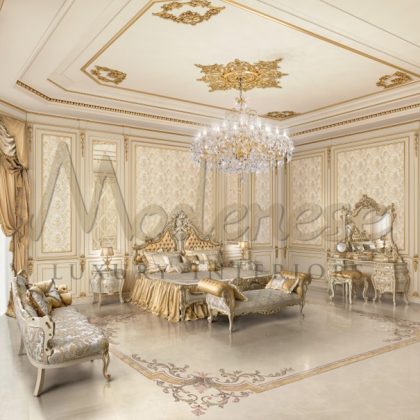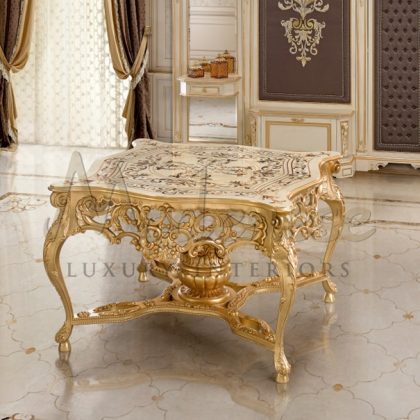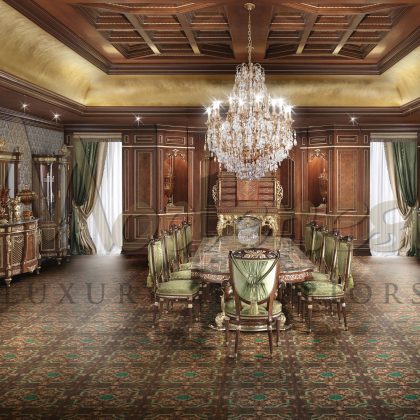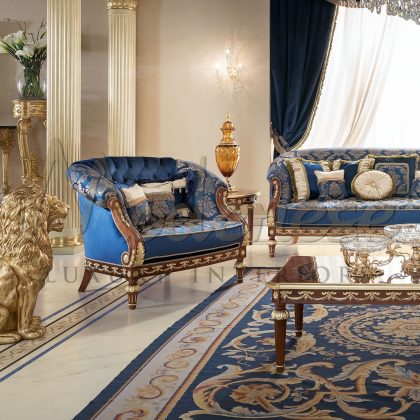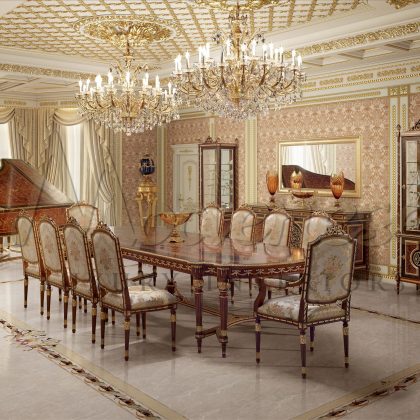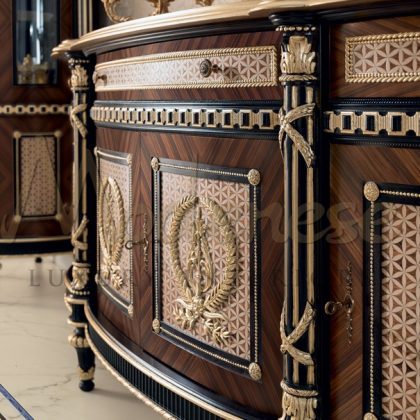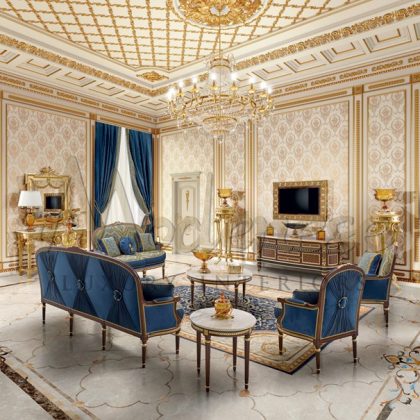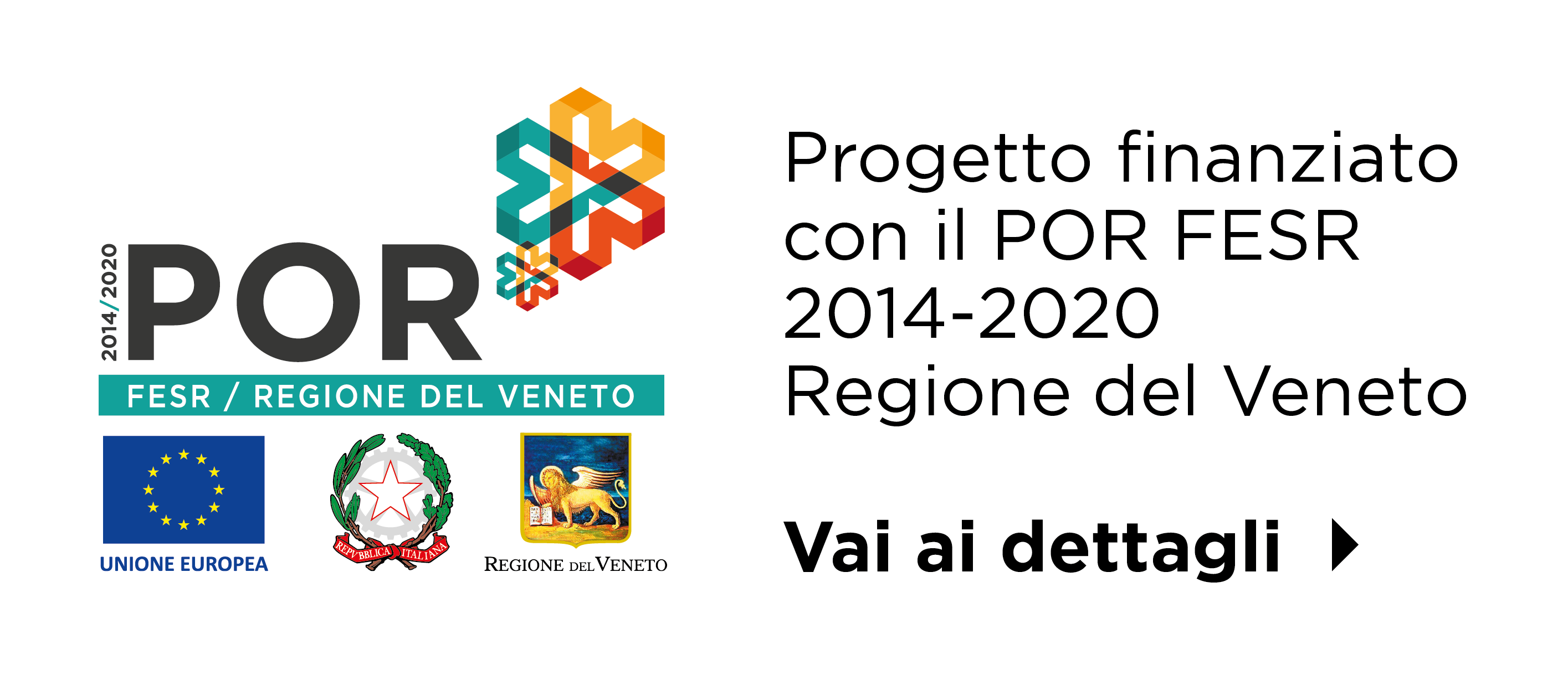The 7 Most Important Elements of Interior Design
As an interior designer, the first important thing you’ll study is the 7 basic qualities of interior design. They include things like space, light, form, texture, color, bespoke furniture, and objects.
Because interior design is so reliant on space, it’s vital to be aware of the restrictions of the area you’re working with. Consider the intended use of the space, as well as its size and how it will influence your design.
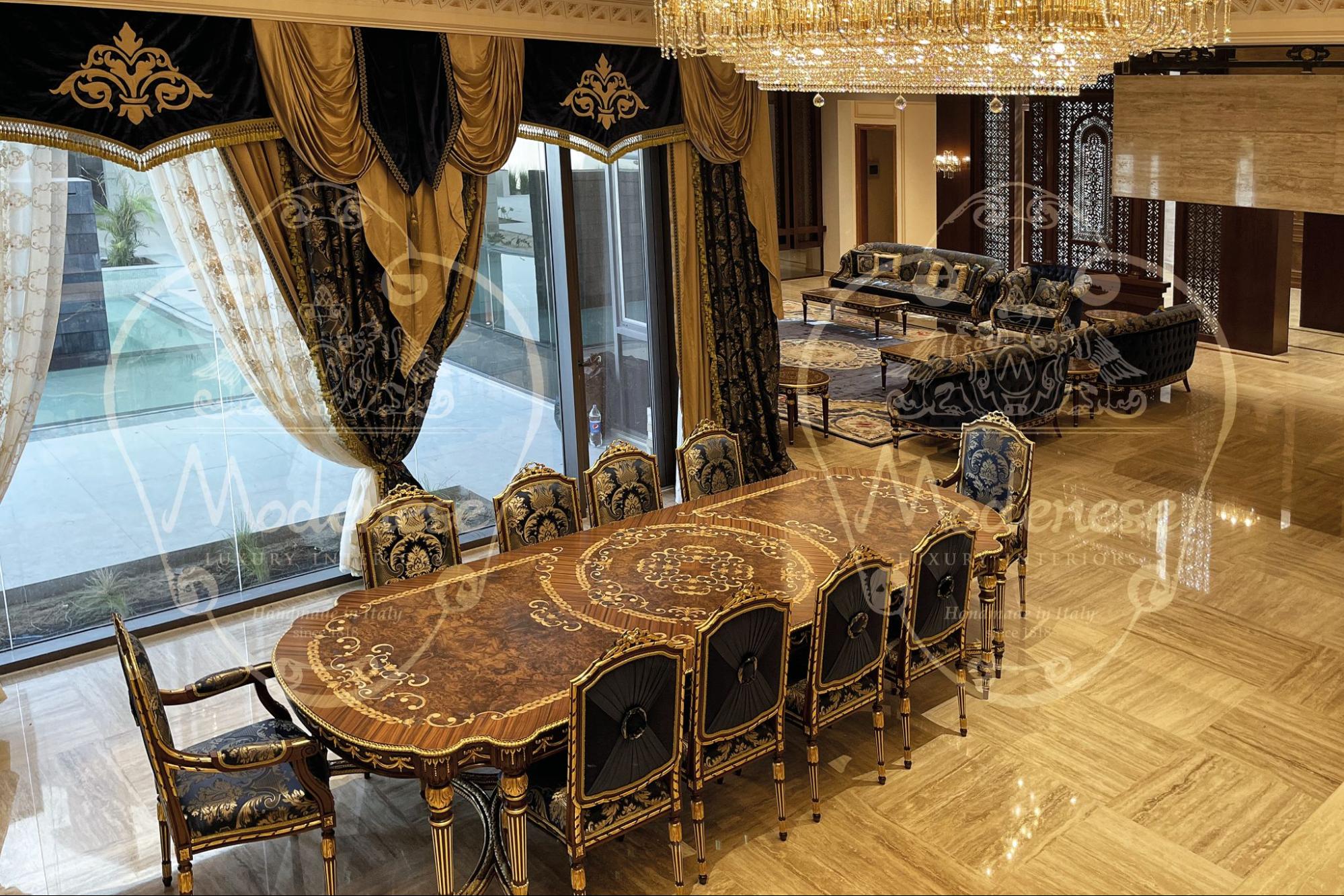
Space, as you might expect, relates to the shape, size, walls, and windows of a room, all of which serve as a foundation for your ideas. Knowing the size of the floor, the height of the ceiling and any inside and outside cubby holes or alcoves might help you make smarter decisions because you’ll know what will fit.
There will be distinct zones of “positive space” (areas with things or furniture) and “negative space” (areas with no objects or luxury bedroom furniture) when the room is finished (empty areas). Finding the perfect balance of positive and negative space is crucial for the place to seem acceptable — neither too busy nor too dull.
Consider the impact of various lighting types and styles on the impact of texture, lines, and color in a room since light can dramatically affect the impression of texture, lines, and color in a room. Keep in mind that other elements of the room will appear differently depending on the lighting, so keep that in mind when designing.
The most visible source of illumination is natural light, which may be controlled by strategically situating doors and windows throughout the space.

The other three types of artificial lighting are task lighting (think desk lamps and bedside lighting that makes a specific task easier), mood lighting (also known as ambient lighting – this is general illumination for the surroundings), and accent lighting (think spotlights that will highlight particular features, like artwork).
In reality, the shape is identical to that of your room. It relates to the general shape of your area as well as the items that fill it. Two-dimensional organisms will have a shape, whereas three-dimensional species will have a form.
Natural or geometrical forms can be used in interior design
The square edges and rough lines that shape the contour of your room are geometrical formations. The geometric shapes and lines are generated by the structure itself, which is a product of manufactured construction or land construction.
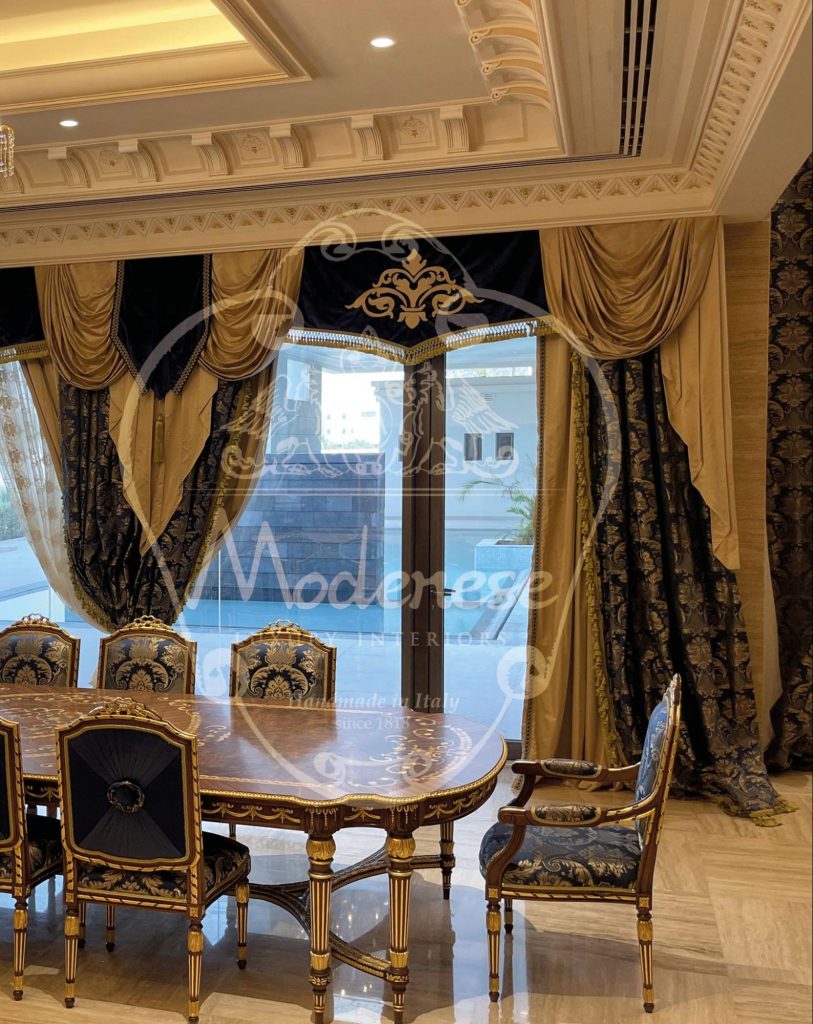
Nature shapes and creates natural forms. For a foolproof and good interior design, your interior designer would use these structural, geometric, or natural shapes carefully.
The usage of open and closed forms is another technique to categorize form types
“Open forms” relate to objects that are visible and out in the open. The designer can make the necessary modifications to the positioning of these items, as well as any other enhancements, to improve the space’s appearance and feel, using open forms.

When it comes to designing and implementing the greatest luxury interior design, your interior designer will have a lot more flexibility if he can look at things openly.
Texture refers to the development of a wall’s surface to give it a pleasing appearance. When you move your hands over the wall, the quality of the designer’s superb work is defined.
Smooth, glossy, or gritty textures may be found on almost all of your furniture, walls, draperies, and fabrics, giving your home decor a subtle sense of depth. Whether it’s in your furniture, accessories, or walls, textures have the ability to add that level of interest and minute detailing that makes it a visual pleasure to the eye.
Color can provoke powerful emotions or serve as a metaphor for cultural or civilization qualities. By setting the tone, it can make a place feel warmer or cooler, larger or smaller, friendlier or more serious. Color can be used to highlight key features or to attract attention away from less appealing ones.
Complementary colors can create contrast and drama in a room, while comparable colors can provide harmony. Colors have a major impact on how a location makes you feel as much as how it appears. Colors may alter a room’s mood by evoking distinct atmospheres. Color physiology can be used to enhance a room and help it perform its function with the desired effect.
Another alternative is to change the room’s space by utilizing light or dark colors. Dark colors make a space feel claustrophobic and crowded, whilst lighter colors give it a sense of space. They can also modify a room’s temperature. Using a lack of vibrant hues can sometimes be dramatic. It is very elegant and classic to design a room that is almost entirely white.
The brilliant white gives the impression of more room. Using a variety of textures, on the other hand, prevents the space from feeling cold and empty. The calm and relaxing ambiance is created by the white walls and furniture.
Printing and Pattern
It isn’t as straightforward as most people believe. Texture can also be a part of the pattern, but we’ll get to that later. Consider prints and patterns, then use the notion of repetition in your design.
Stripes in window treatments, pillows, and rug designs can be used to mimic vertically completed radiators.

Also, don’t be afraid to combine print and print. It requires bravery, but it can be incredibly rewarding and unique. It is not necessary for all patterns to be symmetrical or even to match. Leopard spots and freckles are both naturally occurring non-symmetrical patterns.
The importance of furniture in a room cannot be overstated. It determines how a space looks and feels, as well as how functional and comfortable it is. Rather than crowding a space, all of the furniture should complement one another. Furniture can serve both decorative and practical reasons.
Objects give a room its finishing touches. They give the interior character and express the owners’ preferences and interests, making it more personal and inviting.

